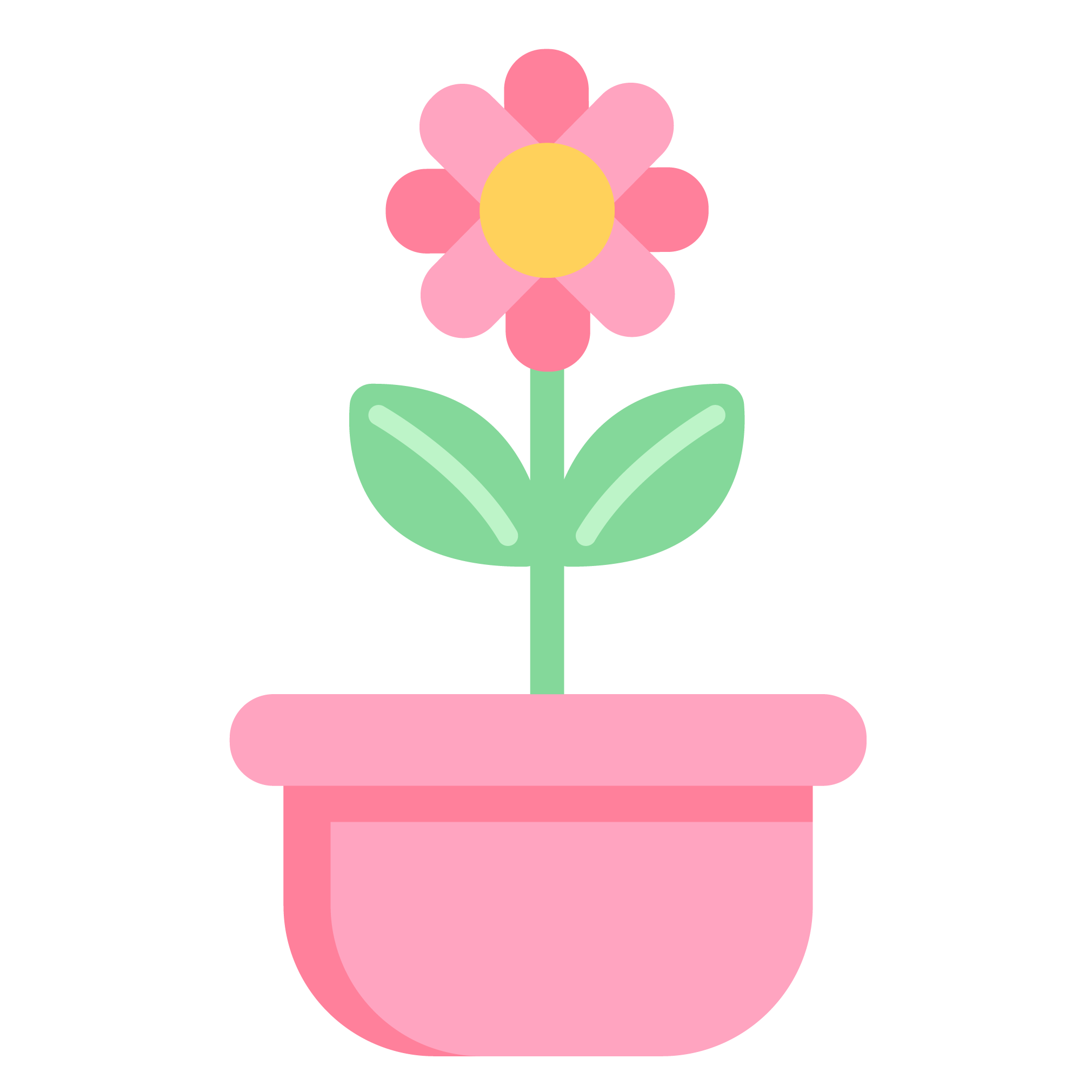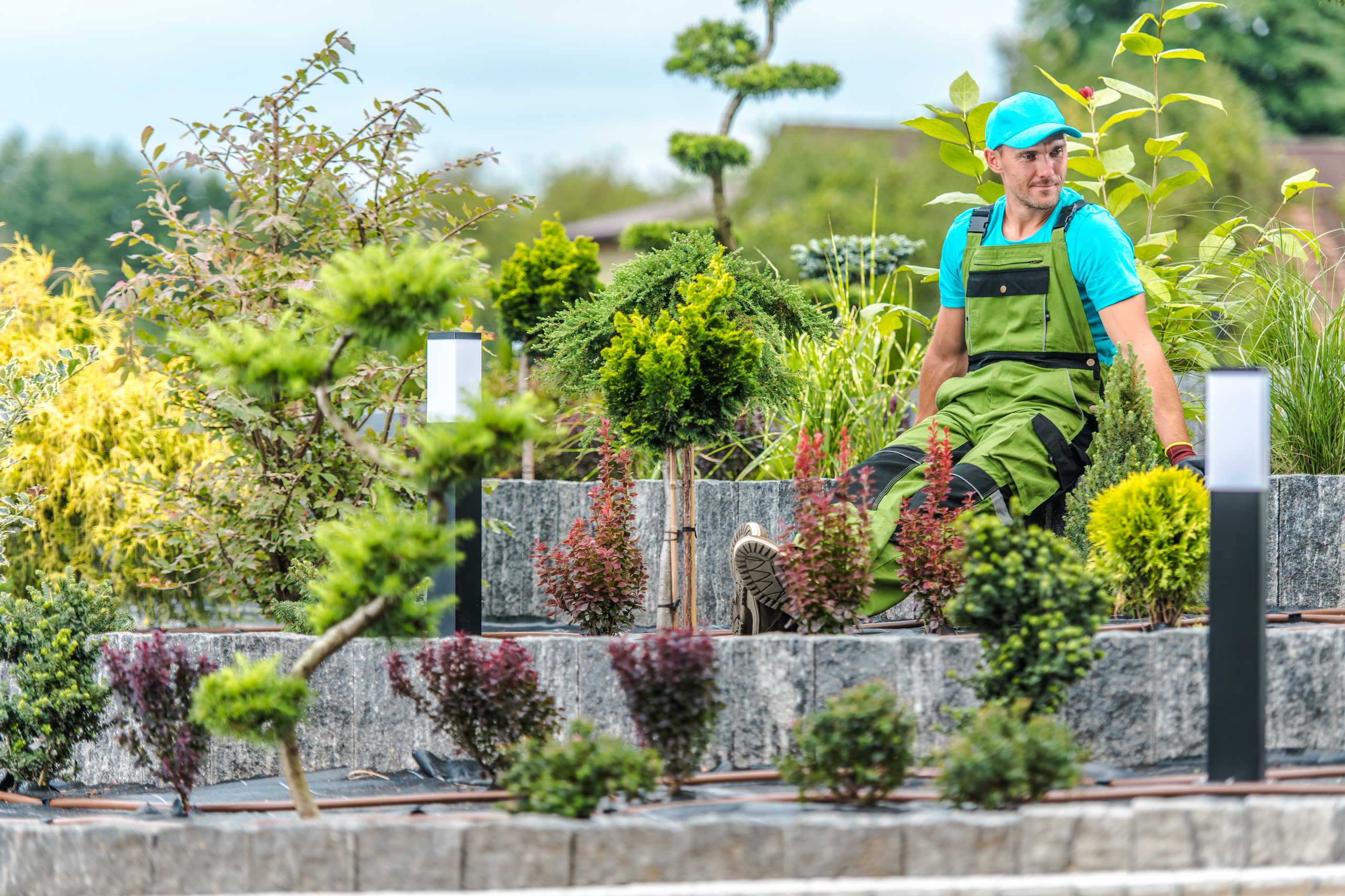Creating a garden is more than just planting flowers and arranging shrubs—it’s about designing a space that mirrors who you are. Every garden has the potential to become a personal sanctuary, a place where creativity, relaxation, and nature intersect.
Understanding Your Space
Before selecting plants, hardscapes, or decorative elements, it’s crucial to evaluate your garden area. Consider the following:
- Sunlight Exposure: Determine which areas receive full sun, partial shade, or full shade. This affects plant selection and garden layout.
- Soil Quality: Understanding soil type ensures plants thrive and helps decide if amendments or raised beds are necessary.
- Existing Features: Take note of trees, structures, and slopes that may influence your design.
- Functional Goals: Decide whether you want a play area, entertaining space, meditation corner, or a combination.
Creating a Design Concept
A strong concept guides every decision in your garden. Consider:
- Style: Do you prefer modern minimalism, rustic charm, or a traditional Japanese garden feel?
- Color Scheme: Harmonious color palettes enhance aesthetic appeal and mood.
- Focal Points: Incorporate features like a pond, sculpture, or pergola to draw attention.
- Flow and Accessibility: Plan pathways and seating areas that encourage movement and usability.
Plant Selection and Arrangement
Choosing the right plants ensures that your garden remains visually appealing year-round. Mix textures, heights, and colors to create depth and interest. Combine perennials for lasting greenery, seasonal flowers for bursts of color, and shrubs or trees for structure. Pay attention to plant compatibility, water needs, and growth patterns.
Integrating Hardscapes
Hardscape elements like patios, walkways, retaining walls, and garden lighting add structure and functionality. Stone paths create natural flow, wooden decks provide spaces for socializing, and water features introduce tranquility. Proper integration of hardscapes enhances beauty while supporting the overall design concept.
Sustainable Gardening Practices
A well-designed garden is also an environmentally responsible one. Consider:
- Rainwater Harvesting: Collecting water for irrigation reduces waste.
- Native Plants: These require less water and maintenance while supporting local ecosystems.
- Composting: Recycle organic waste into nutrient-rich soil.
- Eco-Friendly Materials: Use natural stone, recycled wood, or permeable pavers to minimize impact.
Final Thoughts
Designing a garden that reflects your personality is a journey of creativity and exploration. By combining thoughtful planning, careful plant selection, functional hardscapes, and sustainable practices, you can transform any outdoor space into a sanctuary that inspires and rejuvenates. Remember, your garden evolves over time, so embrace experimentation and enjoy the process of creating a space that truly feels like your own.

